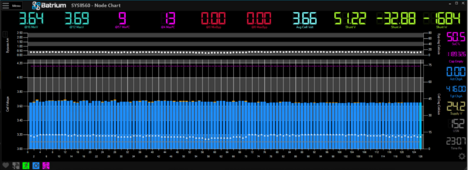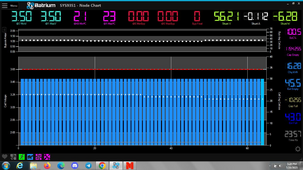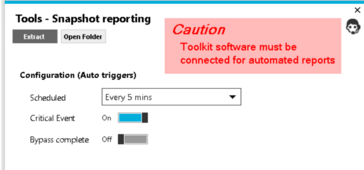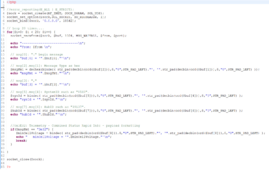sunshine_eggo
Happy Breffast!
I'm torn on that. I like using an external shunt and shunt trip breaker (vs running current through the BMS) it's got WiFi and I can get data into my other stuff.
I don't have any Victon equipment, so I don't know if that part would help me. If you've got links, I'll read about the set up.
It was just about complete battery monitoring and some control...







